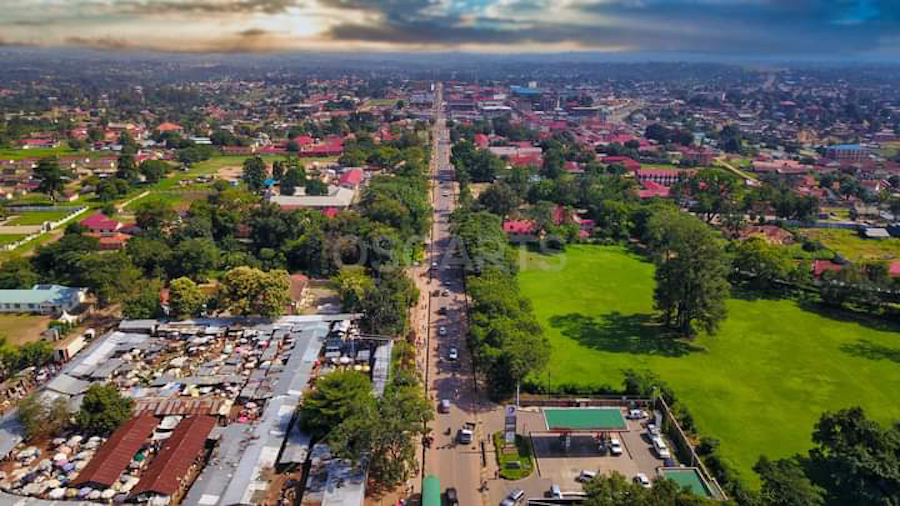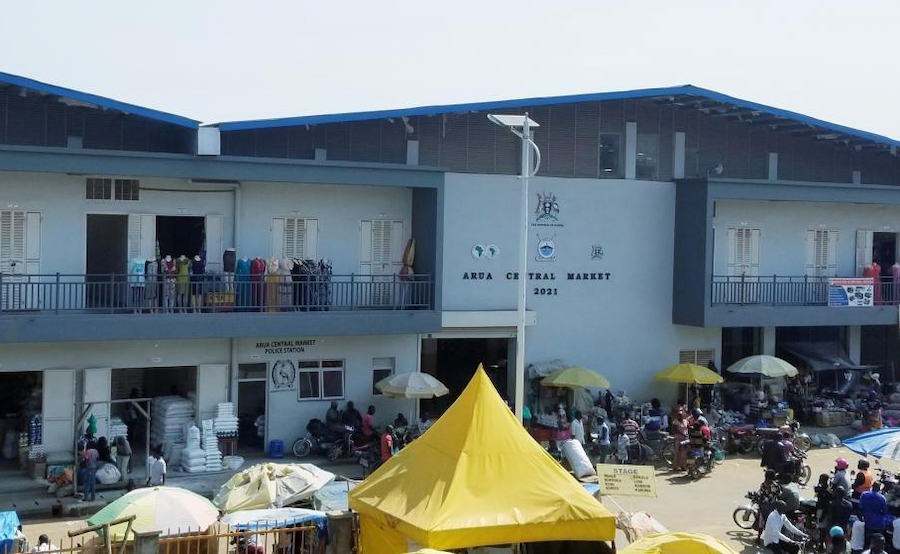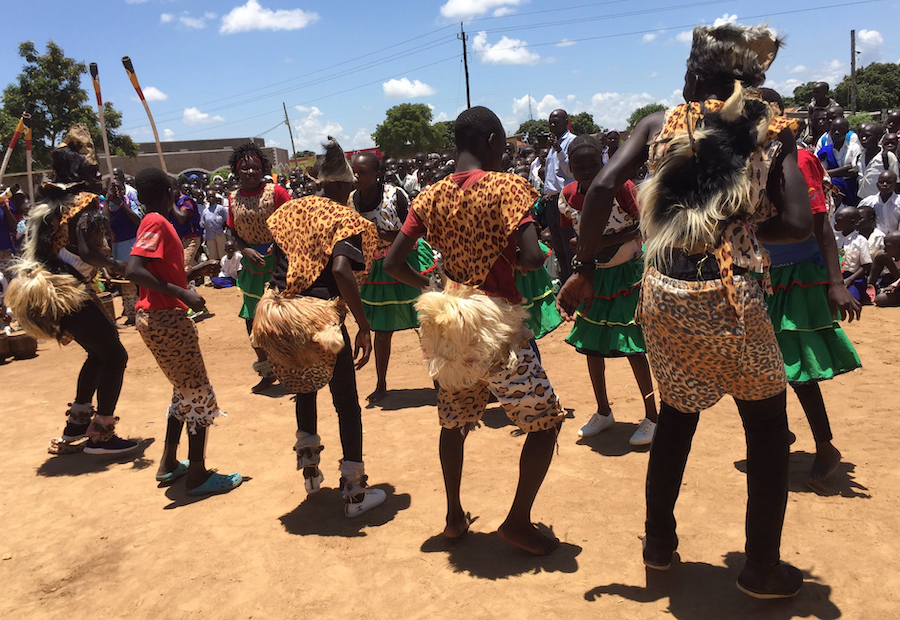 Arua City is located in the northwestern region of Uganda, forming part of the West Nile sub-region.
Arua City is located in the northwestern region of Uganda, forming part of the West Nile sub-region.
The city is about 475 kilometers from Kampala, the nation’s capital, and approximately 220 kilometers from Gulu, another major city in northern Uganda.
Arua is known for its multicultural heritage, vibrant economy, and strategic location near the borders of the Democratic Republic of Congo and South Sudan, serving as an economic hub for the region.
Named after the Lugbara word “arua,” which means “the hill,” Arua City is set amidst the hilly landscapes of West Nile, a geographical marvel that adds to the city’s charm.
The city’s population, as of the most recent census, is a multicultural tapestry, comprising mainly Lugbara, Alur, Kakwa, and Madi people, among others.
As the city continues to grow, it is attracting an increasing number of people from other parts of Uganda and neighboring countries.
Geography and Climate
Arua City’s topography is characterized by a mix of hills and plains, with the hilly parts of the city offering breathtaking views of the surrounding plains and distant mountains.
The climate is tropical, marked by two main seasons: the dry season (December to March) and the rainy season (April to November).
The average temperature is around 25 degrees Celsius, providing a comfortable atmosphere for residents and visitors alike.
History and Culture
Arua’s rich history is rooted in the indigenous cultures that have shaped its social fabric over centuries.
The city played an important role in the colonial era and during Uganda’s struggle for independence, serving as a strategic location for both military and political activities.
One of the key cultural aspects of Arua is its linguistic diversity. The people speak a variety of languages, including Lugbara, Alur, and Swahili.
English and Luganda are also widely spoken, given their status as official languages of Uganda. Arua’s cultural heritage is also expressed through its arts, music, and dance, with the traditional dances of the Lugbara and Alur being especially notable.
Economy
 The economy of Arua City is multifaceted and dynamic, reflecting its role as a key commercial hub in the West Nile region.
The economy of Arua City is multifaceted and dynamic, reflecting its role as a key commercial hub in the West Nile region.
Agriculture is the mainstay, with a significant number of the population engaged in farming. The fertile soils of the region support the growth of a variety of crops, including cassava, maize, beans, and sorghum.
Moreover, the city is known for its horticulture, with mangoes, oranges, and guavas being widely cultivated.
Aside from agriculture, trade is a significant part of Arua’s economy. Given its proximity to the borders of South Sudan and the DRC, cross-border trade flourishes, providing opportunities for small and medium enterprises.
The city has several markets where one can find a wide range of goods, from food to household items, and from local crafts to imported goods.
The service sector is also gaining momentum in Arua, with a growing number of businesses in sectors like hospitality, banking, and transportation.
With the establishment of Arua as a city in 2020, there has been an increased focus on infrastructure development, which has further bolstered the city’s economic growth.
Education and Healthcare
Education in Arua City is given a high priority, with numerous primary, secondary schools, and tertiary institutions.
Among them, St. Joseph’s College Ombaci, Muni University, and Arua Public Secondary School are known for their academic excellence.
Efforts are ongoing to further improve access to quality education in the city, especially for girls and underprivileged children.
The city’s healthcare system has also seen significant improvement in recent years. Arua Regional Referral Hospital is the main public health facility in the city, serving as a referral center for the West Nile region.
It provides a wide range of services including maternity care, pediatric care, and treatment for infectious diseases. The city also has several private clinics and pharmacies.
Tourism

Arua City has a great potential for tourism. The natural beauty of the region, its cultural richness, and its historical sites make it an attractive destination.
The city’s vibrant markets offer an exciting shopping experience, where one can buy traditional crafts, fresh fruits, and local delicacies.
The hills surrounding the city provide great hiking opportunities. From the top of these hills, one can enjoy panoramic views of the city and the surrounding countryside.
Moreover, Arua is also a gateway to some of Uganda’s renowned national parks, such as Murchison Falls National Park, which is known for its stunning waterfalls and diverse wildlife.
Future Prospects
As Arua City continues to grow, plans are underway to further develop its infrastructure, improve public services, and enhance its economic potential.
It’s an exciting time for this vibrant city, which is not only embracing its cultural heritage and geographical advantage but also harnessing them for a sustainable and inclusive future.
Arua City is much more than a city in the northwest corner of Uganda. It is a place that embodies Uganda’s multicultural spirit, its agricultural wealth, and its commitment to development.
With its rich history, vibrant economy, and promising future, Arua City stands as a testament to Uganda’s progress and potential